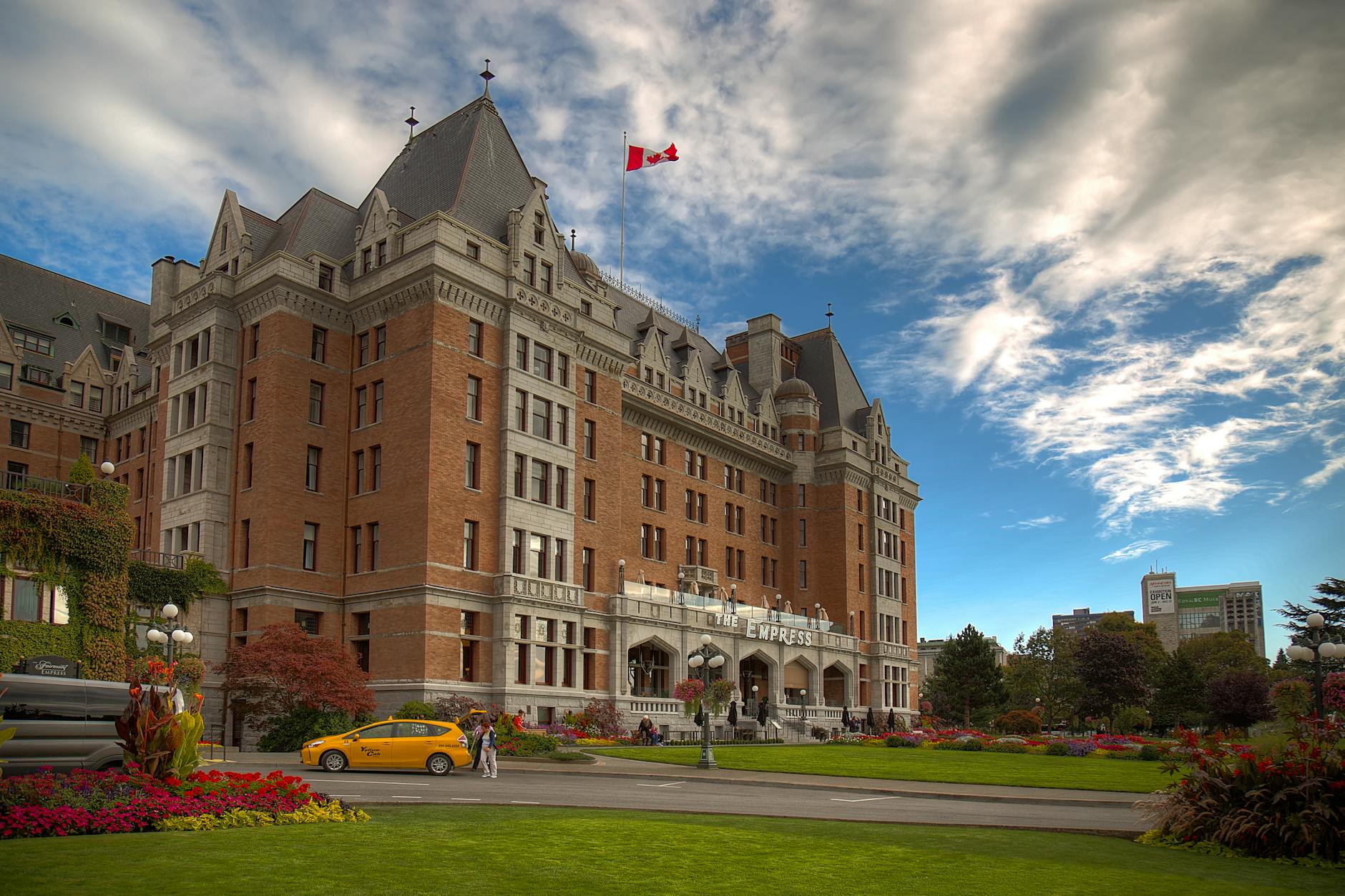Victoria’s Waste-to-Energy Ambitions: A Balancing Act Between Progress and Prudence
Seven new waste-to-energy plants approved as state government pushes forward with ambitious waste management strategy
Victoria is embarking on a significant shift in its approach to managing household and commercial waste, with a surge in approvals for waste-to-energy (WtE) plants. While proponents highlight the potential for reducing landfill and generating energy, critics raise concerns about community consultation, environmental impacts, and the pace of these developments. This policy shift has the potential to fundamentally alter how the state handles its refuse, prompting questions about whether the acceleration is outpacing careful consideration.
The Accelerated Pace of Waste-to-Energy Approvals
Recent decisions have seen seven new waste-to-energy plants receive the green light, adding to four previously approved facilities. This brings Victoria’s total to eleven, a figure reportedly surpassing the rest of Australia combined. Collectively, these plants are licensed to process 2.35 million tonnes of rubbish annually. This capacity is more than double the 1 million tonne limit initially established by the Victorian parliament in 2022 when the WtE scheme was first legislated. This rapid expansion signals a strong governmental push towards thermal treatment of waste as a key component of the state’s waste management strategy.
Underlying Rationale for the Policy Shift
The move towards waste-to-energy is often presented as a critical strategy for diverting waste from landfills, which are facing increasing pressure and environmental scrutiny. By converting waste into energy, the state aims to reduce the volume of material sent to landfill, potentially mitigating associated methane emissions and land use issues. Furthermore, the generation of electricity from this process contributes to the state’s energy mix, aligning with broader goals for energy security and diversification. Proponents argue that modern WtE facilities are equipped with advanced pollution control technologies to minimise environmental emissions.
Concerns Raised by Opponents
Despite the stated benefits, the rapid expansion of WtE infrastructure has drawn criticism. A central concern revolves around the adequacy of community consultation. Some local communities, particularly those near proposed plant locations, have voiced objections, citing a perceived lack of meaningful engagement in the decision-making process. Questions have also been raised about the potential health and environmental impacts, with some critics calling for more comprehensive and independent assessments of emissions, air quality, and the long-term ecological footprint of these facilities.
The increased capacity also raises questions about the overall waste stream. With a licensed capacity to burn significantly more waste than the current Victorian landfill diversion targets, there are discussions about whether sufficient volumes of suitable waste will be available, and the potential implications for recycling rates and the circular economy.
Weighing the Potential Benefits and Drawbacks
The adoption of waste-to-energy technology presents a complex trade-off. On one hand, it offers a potential solution for managing residual waste that cannot be easily recycled or composted, thereby reducing reliance on landfills. The energy generated can contribute to grid stability and potentially offset reliance on fossil fuels for electricity generation. Modern facilities are designed to capture energy and manage emissions, aiming to meet stringent environmental standards.
On the other hand, concerns about air quality, the potential release of pollutants (even with advanced controls), and the impact on recycling efforts remain significant. Critics argue that an over-reliance on WtE could disincentivise investment in and improvement of recycling and composting infrastructure, potentially undermining broader waste reduction goals. The long-term sustainability of burning materials, even for energy, is also a subject of ongoing debate within environmental circles.
What Policymakers and Industry Say
Victorian government representatives have emphasised that the approvals are part of a comprehensive waste management strategy aimed at achieving ambitious recycling and landfill diversion targets. They often highlight the advanced technological capabilities of new WtE plants, designed to meet strict environmental performance standards. Industry proponents assert that WtE is a vital component of a modern, integrated waste management system, offering a safe and environmentally responsible alternative to landfilling for non-recyclable waste. They point to international examples where WtE plays a significant role in waste management hierarchies.
Looking Ahead: Implications and Next Steps
The current trajectory suggests that waste-to-energy will play a more prominent role in Victoria’s waste management landscape. Future developments will likely involve continued scrutiny of plant operations, ongoing community engagement, and potentially further refinement of regulatory frameworks. The effectiveness of these plants in meeting their environmental and waste diversion objectives will be a key area of focus for policymakers, environmental agencies, and the public. Understanding the lifecycle impacts and ensuring that WtE complements, rather than competes with, recycling and waste reduction initiatives will be crucial for the long-term success of this strategy.
Key Considerations for the Public
As these facilities come online, it is important for citizens to stay informed about their local environment and the waste management practices in their communities. Engaging with local councils and state authorities regarding waste policies and the operations of these plants can help ensure transparency and accountability. Understanding the different components of waste management – reduction, reuse, recycling, composting, and energy recovery – provides a more complete picture of the state’s approach.
References
The Guardian: Licence to burn: Victoria is changing the way it deals with rubbish – is it moving too fast? (Source Article)
Victorian Government Waste Management Strategy (Specific official government documents detailing the strategy and regulations would be ideal here if publicly available and verifiable, for instance, links to Department of Environment, Energy and Climate Action (DEECA) publications.)
Victorian Parliament Legislation (Details on the Waste and Resource Recovery Act 2022 or relevant regulations if available.)


























